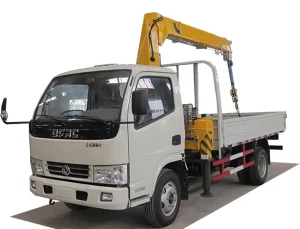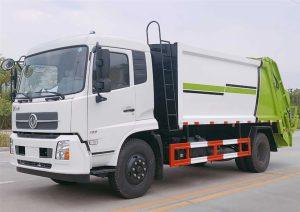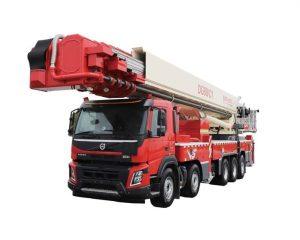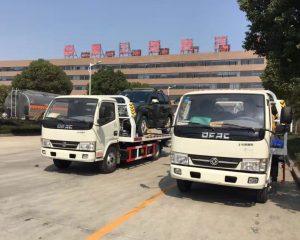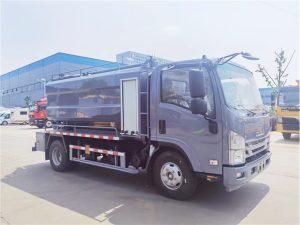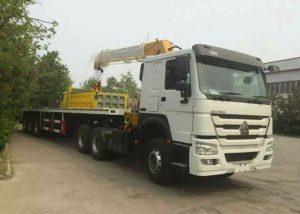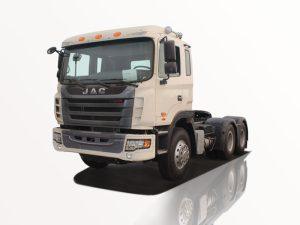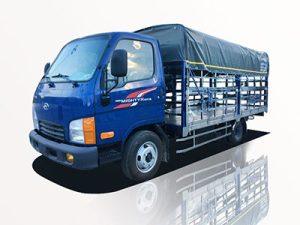Monday to Saturday - 8:00 -17:30
Different Types of Cabs for Trucks: A Comprehensive Guide
When it comes to the trucking industry, the type of cab a truck has is crucial for both functionality and comfort. Different types of cabs serve various purposes based on the requirements of trucking and transport. This guide will explore the different types of cabs available for trucks, the advantages and disadvantages of each, and provide practical examples to help you make informed decisions.
Understanding Truck Cabs
Truck cabs are the front sections of a truck, where the driver sits, and where many controls and instruments are located. The type of cab designed can impact everything from handling and visibility to comfort and cargo space.
The Importance of Selecting the Right Cab Type
Choosing the right cab for a truck is essential for various reasons:
- Driver Comfort: A comfortable cab reduces fatigue for drivers, improving safety on the road.
- Efficiency: The right cab can improve aerodynamics and fuel efficiency.
- Space Utilization: Depending on the needs of the load and the driver, the cab can offer different configurations for space optimization.
Main Types of Truck Cabs
1. Day Cab
Day cabs are designed primarily for short-haul trips. They typically do not have sleeping compartments, making them less suitable for long distances.
Advantages:
- Better fuel efficiency due to lighter weight.
- Enhanced maneuverability in urban areas.
- Lower purchase price compared to sleeper cabs.
Disadvantages:
- Not ideal for long-haul trucking, as drivers cannot rest comfortably.
- Limited storage space for personal items.
2. Sleeper Cab
Sleeper cabs are equipped with sleeping quarters, making them perfect for long-haul transportation. They allow drivers to rest during long trips.
Advantages:
- More storage and personal space.
- Provides a comfortable resting area, enhancing long-distance travel.
Disadvantages:
- Higher cost due to additional features.
- Heavier, which may affect fuel economy.
3. Crew Cab
Crew cabs are designed to carry multiple passengers along with the driver. These cabs often come with four doors and more seating capacity.
Advantages:
- Ability to transport a team, beneficial for work tasks.
- Space for tools and equipment in the back.
Disadvantages:
- Less cargo space in the bed compared to standard cabs.
- Takes up more length on the road, which may affect maneuverability.
4. Standard or Regular Cab
Standard cabs are simpler in design and typically come with two doors. They offer a straightforward option for drivers focused mainly on cargo transport.
Advantages:
- Simple design makes it lightweight and fuel-efficient.
- Offers straightforward access to the cab.
Disadvantages:
- Limited passenger capacity.
- Minimal storage space.
5. Extended Cab
Extended cabs provide additional rear space, making them larger than regular cabs. They are designed for those needing more passenger or cargo flexibility.
Advantages:
- Adds extra room for passengers or gear.
- More comfortable ride for longer distances compared to standard cabs.
Disadvantages:
- Less fuel-efficient than standard cabs.
- Can be cumbersome in tight spaces.
6. Flat Roof Sleeper Cab
Flat roof sleeper cabs are a type of sleeper cab with a flat roof design, enhancing aerodynamics and headroom.
Advantages:
- Improved fuel efficiency due to better aerodynamics.
- More headroom for drivers when standing inside the cab.
Disadvantages:
- May not accommodate all driver preferences for sleeping.
- Reduced visibility compared to raised roof versions.
7. Raised Roof Sleeper Cab
The raised roof sleeper cab offers significantly more vertical space for drivers. This is particularly beneficial for those who want to stand and move freely within the cab.
Advantages:
- Extra space for comfort and storage.
- Better sleeping conditions for long-haul drivers.
Disadvantages:
- Higher overall truck height can affect clearance in some areas.
- Increased weight might reduce fuel efficiency.
Factors to Consider When Choosing a Truck Cab
Fuel Efficiency
Fuel efficiency varies significantly among cab types. Day cabs typically offer the best fuel efficiency, while sleeper cabs may consume more fuel due to added weight and complexity.
Type of Hauling
Understanding the type of loads you will carry is essential. For short trips with light loads, a day cab may suffice. For long-distance hauls, a sleeper cab is necessary.
Driver Needs
The driver’s comfort and needs should guide the decision. Long-haul drivers may need a larger cab for sleeping, while local drivers may prioritize fuel efficiency.
Practical Examples
Example 1: Short-Haul Delivery
A local delivery service operating in urban areas would benefit from utilizing day cabs. The shorter wheelbase will aid in easier navigation through crowded city streets, and the lower weight improves fuel efficiency.
Example 2: Long-Distance Freight Transport
A logistics company transporting goods across states might opt for raised roof sleeper cabs. These provide the driver with a better resting place, improving overall driving conditions and reducing fatigue on long journeys.
Maintenance Tips for Truck Cabs
Maintaining the cab is essential for longevity and safety. Here are some tips:
- Regularly check for leaks in the hydraulic systems.
- Keep the interior clean and free of unnecessary items.
- Service the HVAC system to ensure a comfortable driving environment.
FAQ
1. What is the main difference between a day cab and a sleeper cab?
The main difference lies in the presence of a sleeping compartment. Day cabs are designed for short trips without sleeping facilities, while sleeper cabs provide a place for drivers to rest during long-haul trips.
2. Can extended cabs be used for long-distance hauling?
Yes, extended cabs can be used for long-distance hauling, but they may not provide the same level of comfort as sleeper cabs.
3. Are there specific regulations for truck cabs?
Yes, regulations can vary based on location and the type of hauling. Always be sure to check local regulations regarding truck dimensions and cab specifications.
4. How important is fuel efficiency in selecting a truck cab?
Fuel efficiency is critical. A more fuel-efficient cab can significantly reduce operating costs over time, especially for long-distance operations.
5. What are the average costs associated with different truck cab types?
Costs can vary widely based on the manufacturer, features, and configurations. Day cabs are typically cheaper than sleeper cabs, while specialized cabs like raised roof options can be among the most expensive.
6. Is it worth investing in a sleeper cab for occasional long trips?
If you frequently take long trips and want to ensure comfort and safety, investing in a sleeper cab may be worthwhile even for occasional use.


